Not enough hot water
Ben B
4 years ago
Featured Answer
Sort by:Oldest
Comments (29)
User
4 years agovinmarks
4 years agoRelated Professionals
Hillcrest Heights Handyman · Minnetonka Mills Kitchen & Bathroom Remodelers · Chester Kitchen & Bathroom Remodelers · Luling Kitchen & Bathroom Remodelers · Lyons Kitchen & Bathroom Remodelers · Port Charlotte Kitchen & Bathroom Remodelers · Joppatowne Kitchen & Bathroom Remodelers · Sharonville Kitchen & Bathroom Remodelers · Eagle Mountain Kitchen & Bathroom Remodelers · League City Kitchen & Bathroom Remodelers · Menlo Park Glass & Shower Door Dealers · Springfield Glass & Shower Door Dealers · Warr Acres Cabinets & Cabinetry · Wells Branch Cabinets & Cabinetry · Placerville Window TreatmentsBen B
4 years agolast modified: 4 years agoNYCish
4 years agoJeffrey R. Grenz, General Contractor
4 years agoBen B thanked Jeffrey R. Grenz, General ContractorJake The Wonderdog
4 years agoUser
4 years agolast modified: 4 years agoJake The Wonderdog
4 years agolast modified: 4 years agoBen B
4 years agolast modified: 4 years agoUser
4 years agoJake The Wonderdog
4 years agolast modified: 4 years agoJeffrey R. Grenz, General Contractor
4 years agoBen B
4 years agoBen B
4 years agoUser
4 years agoJake The Wonderdog
4 years agolast modified: 4 years agoJeffrey R. Grenz, General Contractor
4 years agoBen B thanked Jeffrey R. Grenz, General ContractorBen B
4 years agolast modified: 4 years agoBen B
4 years agoarmoured
4 years agoBen B
4 years agoarmoured
4 years agoBen B
4 years agoweedmeister
4 years agoarmoured
4 years agoBen B
4 years ago
Related Stories

KITCHEN DESIGNTrending Now: 25 Kitchen Photos Houzzers Can’t Get Enough Of
Use the kitchens that have been added to the most ideabooks in the last few months to inspire your dream project
Full Story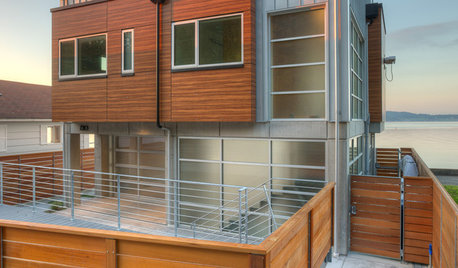
ARCHITECTUREHouzz Tour: Sturdy Enough for a Tsunami
Storms don't scare this Washington state home; breakaway features and waterproof finishes let it weather high winds and waves
Full Story
HOLIDAYSHow to Have a Just-Simple-Enough Holiday
Make this the year you say no to holiday stress and yes to joy and meaning
Full Story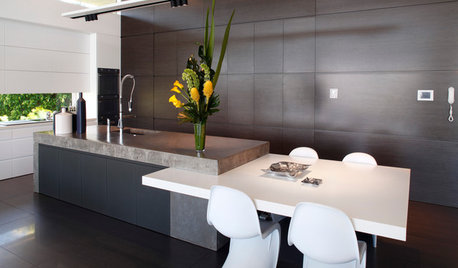
KITCHEN COUNTERTOPSWhen One Countertop Material Isn’t Enough
Combining counter materials in the kitchen can create a dramatic look, improve function and stretch the budget
Full Story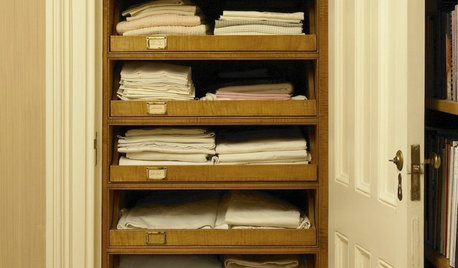
ORGANIZINGHow Much Stuff Is Enough?
Play the numbers game to streamline your belongings, for a neater home and a less-stressed you
Full Story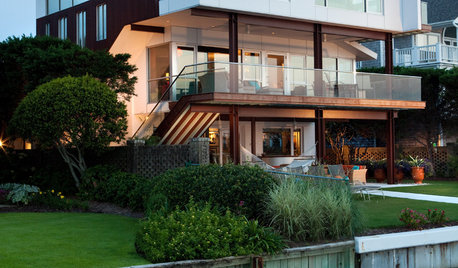
CONTEMPORARY HOMESHouzz Tour: Strong Enough for Storms, Comfy Enough for a Family
Hurricanes won’t faze this contemporary waterfront home in North Carolina — and mixed reactions don’t faze its owner
Full Story
REMODELING GUIDESAre You Gutsy Enough to Paint Your Floor White?
Sleek and glossy or softened by wear, white floors charm
Full Story
MOST POPULARA Fine Mess: How to Have a Clean-Enough Home Over Summer Break
Don't have an 'I'd rather be cleaning' bumper sticker? To keep your home bearably tidy when the kids are around more, try these strategies
Full Story
GREAT HOME PROJECTSHow to Switch to a Tankless Water Heater
New project for a new year: Swap your conventional heater for an energy-saving model — and don’t be fooled by misinformation
Full Story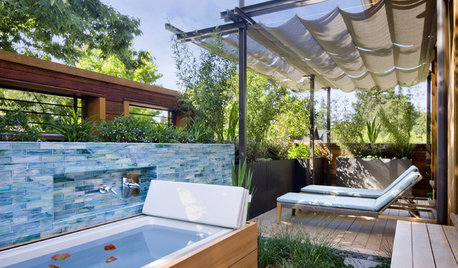
GARDENING AND LANDSCAPING13 New Ways to Make a Splash With a Hot Tub
Check out the modern options and custom features that are making outdoor spa tubs hot again
Full Story








drsaj